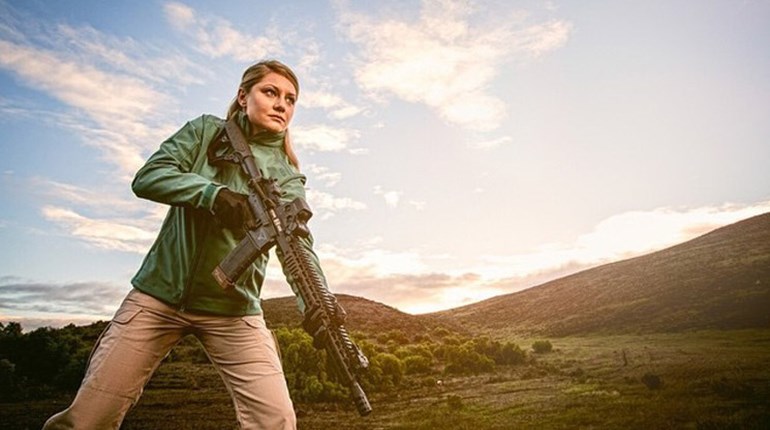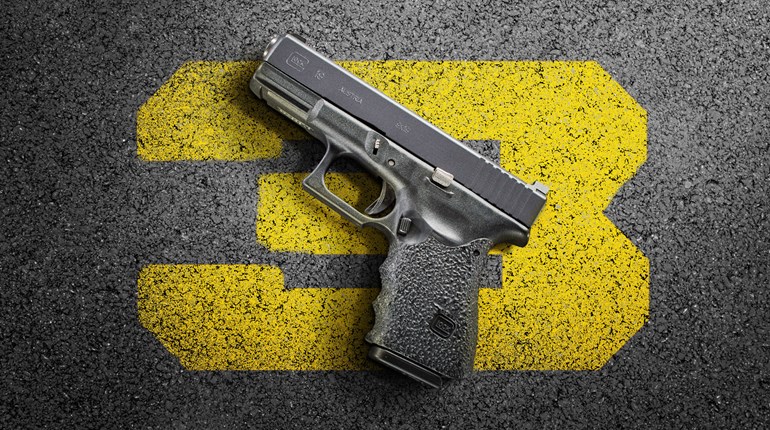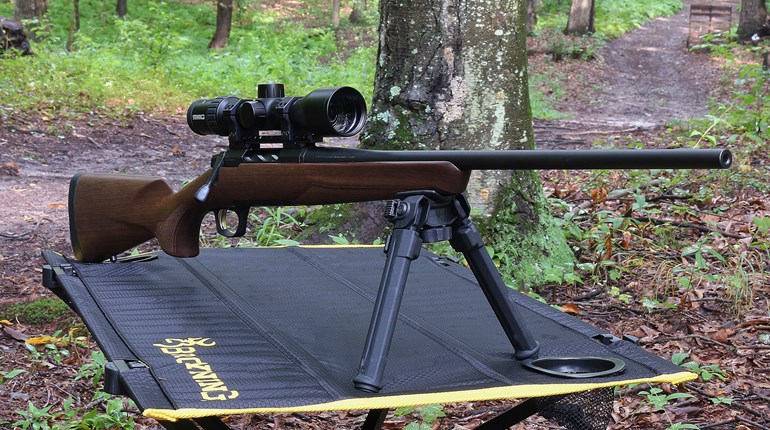
Steering the public’s attention towards a predetermined direction is depressingly simple. Successfully influencing people all boils down to delivering strategic, agenda-promoting “Want/Don’t Want” messages.
Marketing and advertising agencies are known for using mostly positive messages, the kind that lead us to think we “Want” something that they’re selling. Political campaigns use both positive and negative messages to make us “Want” one candidate or “Don’t Want” another. When it comes to constructing “Don’t Want” messages, the most powerful, tried-and-true vehicle of influence is as old as Genesis 3:12—BLAME.
Think of a handful of man-made tragedies you’ve heard of in the last five years that resulted in an untimely death or great injury. Your list might look similar to mine: car crash, house fire, pool drowning, plane crash. Upon first hearing about each of these events, it is safe to say that your reaction was similar to mine, grief immediately followed by questions. How could this happen? What went wrong? Who is at fault?
Our knee-jerk impulse to find a culprit, factor or variable to single out and lay blame on is an instinctual defense against the fear of not being in control. Since needing to lay blame is our natural tendency, it isn’t necessary for a potential influencer to invent the blame wheel, just to place it onto a chosen path and let it roll along.Guns can only cause injury or death in the hands of an operator acting through negligence or intent.
Placing blame incorrectly is, at the very least, unproductive, while selective blaming can lead to catastrophic results. Few examples of selective blaming are as compelling or pervasive as the current campaign against the right to keep and bear arms in this country.
In no other analysis of a man-made tragic event would a physical tool or object be the focus of such blame. In the aftermath of a car crash we question the driver’s level of distraction, alertness, obedience to traffic laws and physical or cognitive abilities to safely operate the vehicle. When a house burns down, we find human fault in the candle left burning, the improperly extinguished cigarette butt or the overloaded electrical outlet. When a child drowns in a backyard pool, we wonder why the homeowner didn’t install a safety gate or failed to maintain proper supervision. When a plane crashes, even if the cause is mechanical failure, we still look for the human being who was supposed to be responsible for the aircraft’s maintenance and safety protocols.
There are occasions where a harmful outcome could not have been predicted or avoided—these rare scenarios are truly tragic accidents. Everything else is either a result of negligence or intent. Guns can only cause injury or death in the hands of an operator acting through negligence or intent.
This media culture of blaming firearms when bad things happen is never more apparent than when an unstable or criminal individual intentionally causes harm using a gun.When you do something you’re not supposed to do, or don't do something you’re supposed to do, it's called negligence—not an accident. If a child injures or kills him or herself with a gun found in the home, the fault lies with the adult who failed to properly store and maintain his or her firearms. He or she is just as guilty of negligence as if the child was easily able to gain access to poisonous cleaning chemicals or workshop power tools or fell out of an open third-floor window.
These latter types of events occur with frequency, yet the media and public response is to promote safety education, not to blame the object and lobby for restriction of its use. Because we do not mislabel these events, we do not place blame incorrectly. We know the cause is human failure, so we look to change human behavior as the solution.
Conversely, the case of the child finding the unsecured firearm becomes a “gun accident” in the media rhetoric and is held up by anti-gun lobbyists as yet another example of why we “Don’t Want” guns in our society.
This media culture of blaming firearms when bad things happen is never more apparent than when an unstable or criminal individual intentionally causes harm using a gun. In August 2016, a father in Pennsylvania used a gun to shoot and kill his family of four and then himself. Little more than a week later, a mother in Texas drowned her two children, one at a time, in the bathtub, then stuffed their bodies under the house. Although both are examples of filicide—possibly the most sickening and horrifying crime imaginable—in the anti-gun media one crime is called “gun violence,” while the other is “domestic homicide.”
The answer to what ails us is not banning guns in America. Bans on firearms or inherently dangerous power tools of any sort will not cure what lies at the heart of our sickness. I believe the overwhelming majority of adults and teenagers who commit violent criminal acts experienced abuse or neglect in their childhood. Hurt people hurt people. As long as we are a society with broken homes, we will continue to produce brokenhearted children who can become heartless adults.
Let’s not continue to lay blame where it does not exist, or to be blind to the social warning signs around us. What might seem like simple media bias needs to be understood for what it is—serious undermining of our Second Amendment rights, backed by powers that one day might have the leverage to follow through on their goals.

































